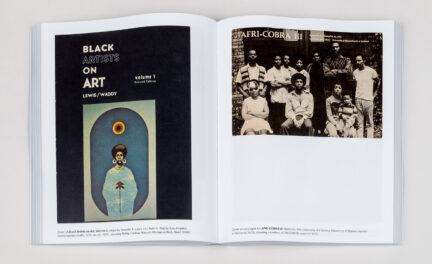Did ever the sun shine upon such a king before, in such a palace?—or, rather, did such a king ever shine upon the sun?
—“Meditations at Versailles” in The Paris Sketch Book, W.M. Thackeray, 1840

Bird’s-Eye View of the Castle of Versailles, Its Gardens and Surroundings, as Seen from the Orangerie, 1712, Antoine Coquart. Etching, 6 joined sheets printed from 6 copperplates, 100 x 161.5 cm. Bibliothèque nationale de France, Département des Estampes et de la Photographie, Va-422-format 4. Photo credit: BnF
In the over three hundred years since it was built, the grandeur and magnificence of Versailles have inspired the awe, admiration, satire, or dismay of visitors who have made the short trip southwest of Paris to see the famous palace of the Sun King. One such traveler was Mark Twain who wrote in The Innocents Abroad (1869):
Versailles! It is wonderfully beautiful! You gaze and stare and try to understand that it is real, that it is on the earth, that it is not the Garden of Eden—but your brain grows giddy, stupefied by the world of beauty around you, and you half believe you are the dupe of an exquisite dream.
The reality was rendered in a print of 1712 by Antoine Coquart showing the palace, garden, and town complex that make up Versailles as they appeared at the end of Louis XIV’s reign. The view comprises six joined etchings, together measuring just over three feet high by five feet wide.
 Today, many people think of Versailles as the extravagant private palace of a decadent absolute monarch. However, the palace was a very public stage upon which the king entertained his courtiers and worked with his ministers to administer the government of France, then the most populous and influential country in Western Europe. Some of the complexity of this setting and its function can be discerned by examining each section of Coquart’s print.
Today, many people think of Versailles as the extravagant private palace of a decadent absolute monarch. However, the palace was a very public stage upon which the king entertained his courtiers and worked with his ministers to administer the government of France, then the most populous and influential country in Western Europe. Some of the complexity of this setting and its function can be discerned by examining each section of Coquart’s print.

Center
The palace is built on the crest of a low hill with the town and gardens disposed around it. The projecting section in the middle houses the formal state and royal apartments—the literal center of the absolute monarchy. This arrangement was echoed in the plan that the Frenchman Pierre Charles L’Enfant made for Washington, D.C., in 1791 with the United States Capitol Building on a hill at the center of broad radiating avenues—the formal seat of a new Republic.

Power
The main gateway to the palace is seen in the left corner of this section of the print. Although surprisingly small, it faces the vast plaza known as the Place d’Armes, a parade ground where the French and Swiss Guards would march to impress visiting dignitaries with the power of the French state. The two large symmetrical buildings on the opposite end of the plaza are the royal stables, testifying to the wealth and prestige of the king.

Administration
On May 6, 1682, Louis XIV transferred the seat of government from Paris to Versailles, which then served as the political and administrative capital of France. Some of the buildings in this part of the town served as government offices, such as those for the ministry of Finance. The ministries of War and Foreign Affairs would later be housed in buildings along the main street seen in this section of the print.

Grandeur
Between twin flights of grand exterior stairs, each of one hundred steps, is the colossal Orangerie of Versailles. The main gallery behind the arched windows is twice as long as the Hall of Mirrors in the palace and could hold as many as 3,000 exotic trees, such as orange, palm, and pomegranate, during the winter. For the summer they were placed on the south-facing terrace providing fruit of the sun for the king and his court.

Sophistication
The gardens at Versailles featured ornamental flower beds, lawns, and wooded groves throughout which were included over 300 works of sculpture in marble, bronze, and lead along with an extensive network of pools, canals, and fountains in a sophisticated arrangement of nature, art, and reason. One of the most famous groves, the Labyrinth, is seen in this print—recognized by the meandering path. It included thirty-nine fountains illustrating Aesop’s fables and was meant to symbolize the quest for wisdom.

Diversion
Beyond the formal gardens is the park of Versailles. The building at the left is a single-story pink marble palace known as the Grand Trianon, a garden retreat for the king. The park extended into the distant hills and was used for hunting. At 2:00 p.m. every afternoon, Louis XIV would depart on his daily diversion—either a promenade in the gardens, or a hunt in the adjacent park and forests.
With this print, the engraver Coquart has captured something of the scale and ambition of Louis XIV’s achievement at Versailles, leaving a highly detailed impression for viewers to contemplate today.
_______
This print and many more are on view in A Kingdom of Images: French Prints in the Age of Louis XIV, 1660–1715. This exhibition was organized by the Getty Research Institute in special collaboration with the Bibliothèque nationale de France.




Comments on this post are now closed.